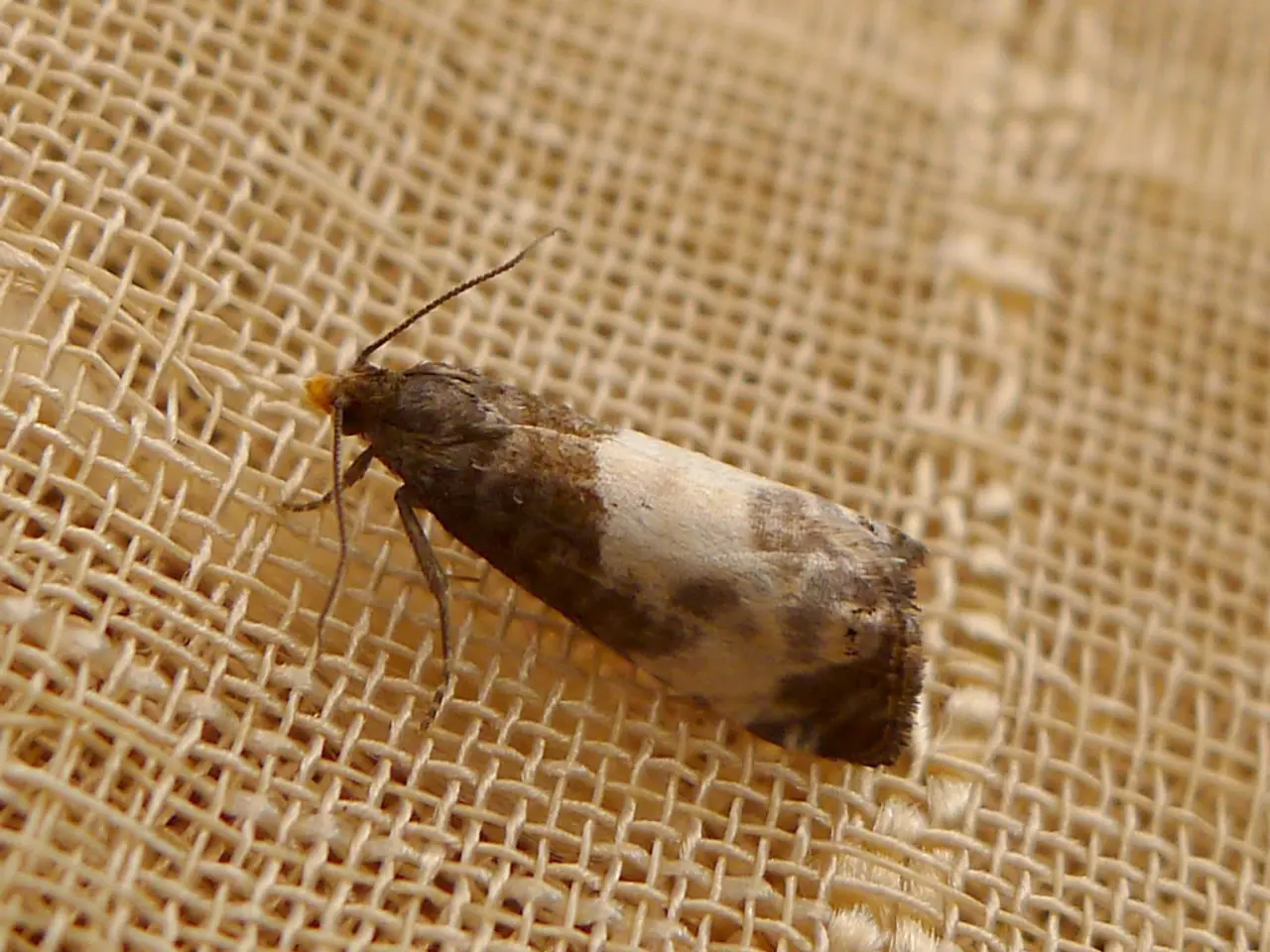Treatment Options for PUPPP Rash: Examining the Safety of Oral Steroids and Antihistamines During Pregnancy
Pruritic Urticarial Papules and Plaques of Pregnancy, often referred to as PUPPP, is a common skin condition that affects pregnant women. Characterised by itching, rash, small raised lumps, and large red inflamed areas, PUPPP is linked with hormonal changes during pregnancy, particularly increased levels of progesterone [1].
In managing PUPPP, several treatment options are available. Commonly used treatments include topical steroid ointments, oral antihistamines, and in severe cases, oral steroids.
Topical steroid ointments, such as hydrocortisone, beclometasone, clobetasone, diflucortolone, fluocinolone, fluocortolone, fluticasone, and triamcinolone, are used to reduce redness, itching, and swelling associated with PUPPP [2]. Moderate to strong topical steroid creams, like triamcinolone or fluocinolone, applied once or twice daily on the PUPPP rash, relieve itching and reduce inflammation [1].
Oral antihistamines, such as Cetirizine, are given to reduce allergic reactions such as itching and rash. They work by blocking histamine, a chemical messenger produced by mast cells lining the body [2]. However, it is advisable to consult a doctor before taking any over-the-counter antihistamines during pregnancy [1].
In severe forms of itching, a short course of systemic corticosteroid may be prescribed. Oral prednisolone is one such corticosteroid given for severe cases of PUPPP, with a dosage of 0-40 mg/day for 3-7 days [1].
Supportive care with skin soothing measures is also essential in treating PUPPP. This may include cooling baths, oil baths, topical ointments containing moisturizer and menthol, wearing light cotton clothing, and avoiding irritants to help ease discomfort [1].
It is important to note that PUPPP is not contagious, and infants of mothers with PUPPP are born without any skin lesions and complications. The condition typically resolves within about two weeks after delivery and does not harm the mother or baby [3].
Regular monitoring of the fetus and the pregnant woman's wellness is necessary when using corticosteroids during pregnancy. Due to the lack of specific laboratory, histological, and genetic tests, and varied clinical features, diagnosing PUPPP can be challenging [1].
In conclusion, the common treatments for PUPPP are topical steroid ointments, oral antihistamines, oral steroids in severe cases, and supportive care with skin soothing measures. These treatments aim to relieve itching and inflammation since PUPPP is a self-limiting condition during pregnancy [1][3].
[1] National Library of Medicine. (n.d.). Pruritic urticarial papules and plaques of pregnancy. Retrieved from https://medlineplus.gov/ency/article/001272.htm
[2] American Academy of Dermatology. (n.d.). Pruritic Urticarial Papules and Plaques of Pregnancy (PUPPP). Retrieved from https://www.aad.org/public/diseases/pregnancy-skin-conditions/pruritic-urticarial-papules-plaques-pregnancy-puppp
[3] Mayo Clinic. (2021, January 18). Pruritic urticarial papules and plaques of pregnancy (PUPPP). Retrieved from https://www.mayoclinic.org/diseases-conditions/pruritic-urticarial-papules-plaques-of-pregnancy/symptoms-causes/syc-20352346
- While science continues to explore the causes of Pruritic Urticarial Papules and Plaques of Pregnancy (PUPPP), treatments such as topical steroid medications, oral antihistamines, and in severe cases, oral steroids, provide relief for the itching and inflammation associated with this condition.
- In the realm of health-and-wellness, managing PUPPP requires a careful approach, as moderate-to-strong topical steroid creams, like triamcinolone or fluocinolone, can help alleviate itching and reduce inflammation when applied to the PUPPP rash.
- As mental-health plays a crucial role during pregnancy, it's essential to consult a doctor when taking over-the-counter antihistamines, such as Cetirizine, as they are used to reduce allergic reactions like itching and rash.
- Skin-care is vital in treating PUPPP, with supportive measures including cooling baths, oil baths, topical ointments containing moisturizer and menthol, wearing light cotton clothing, and avoiding irritants to help ease discomfort.
- Women's-health professionals should be aware that PUPPP is not a contagious condition, yet regular monitoring of the fetus and the pregnant woman's health is important, especially when using corticosteroids during pregnancy due to potential complications.




